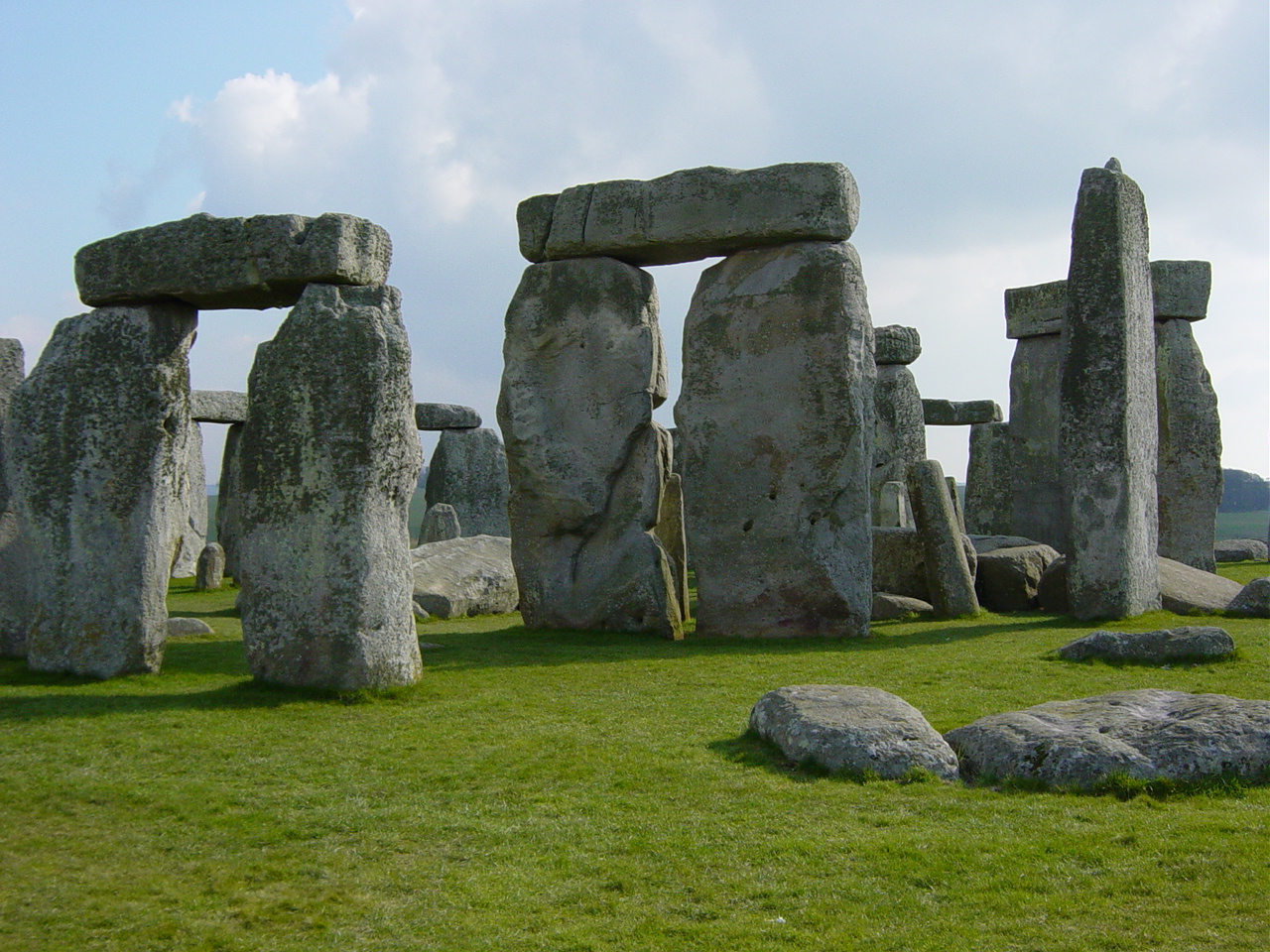
A recent study has proposed a new theory regarding the origin of the Altar Stone at Stonehenge. Previously, it was believed the Altar Stone, also known as Stone 80, was sourced from the Old Red Sandstone (ORS) of the Anglo-Welsh Basin.
The old belief was based on the stone’s unique lithology and its proximity to the Preseli area in West Wales. This is where the majority of the Stonehenge bluestones were believed to have come from. It is approximately 225 kilometers to the west of Stonehenge. Archaeologists believe this central megalith dates back to around 2600 BC.
The Pembrokeshire bluestones, believed to have been formed from the solidification of molten rock, are considered to be some of the earliest stones used in the construction of Stonehenge approximately five thousand years ago.
A recent study published in the Journal of Archaeological Science has shed new light on this matter.
Building upon previous research, the study involved the examination of fresh samples taken from the Old Red Sandstone (ORS) found within the Anglo-Welsh Basin. It encompasses regions in South Wales, the Welsh Borderland, the West Midlands, and Somerset.
The researchers employed traditional optical petrography as well as advanced techniques, such as portable XRF, automated SEM-EDS, and Raman Spectroscopy.
Altar Stone doesn’t come from Wales
The study has brought to light a significant revelation. Namely, the Altar Stone does not share any comparable geological characteristics with the sample locations examined. This is strong evidence that its origin is not from the same areas.
Discovery of the Week 📑
Researchers at Aberystwyth University in the UK have discovered that Stonehenge’s Altar Stone, Stone 80, likely originated from a different, more distant source.
While most smaller stones at Stonehenge are thought to originate from a quarry 225 km (140… pic.twitter.com/IvXS0TJcLz
— Visionaledge (@Visionaledge) October 5, 2023
Professor Nick Pearce from Aberystwyth University commented on the findings, stating, “The view in terms of the conclusions we’ve drawn from this is that the Altar Stone doesn’t come from Wales. Perhaps we should also now remove the Altar Stone from the broad grouping of bluestones and consider it independently.”
The Altar Stone stands out due to its notably high barium content, which is quite unusual. It could be a crucial factor in determining its source.
Traditionally, despite remaining unidentified, explained Professor Nick Pearce, it had been assumed that the Altar Stone was sourced from the Old Red Sandstone formations in South Wales within the Anglo-Welsh Basin.
However, recent findings indicate this was an incorrect assumption. The Altar Stone does not come from the Old Red Sandstone of the Anglo-Welsh Basin in South Wales after all.
This shifts the focus of research to other areas such as Northern England and Scotland, where the geological characteristics, chemical composition, and evidence of Neolithic activity might align more closely with the Altar Stone, helping to pinpoint its true source, Nick Pearce further added.